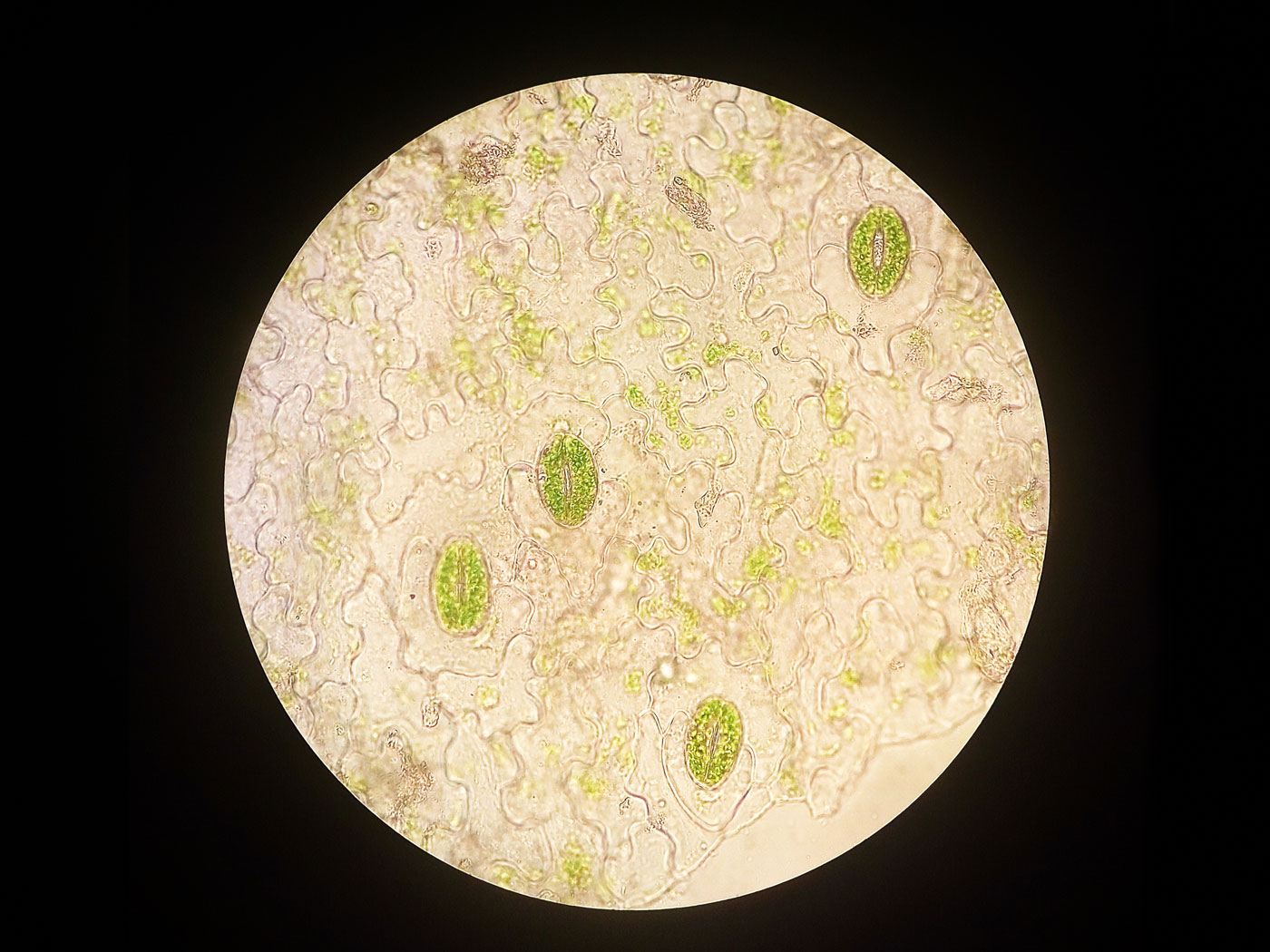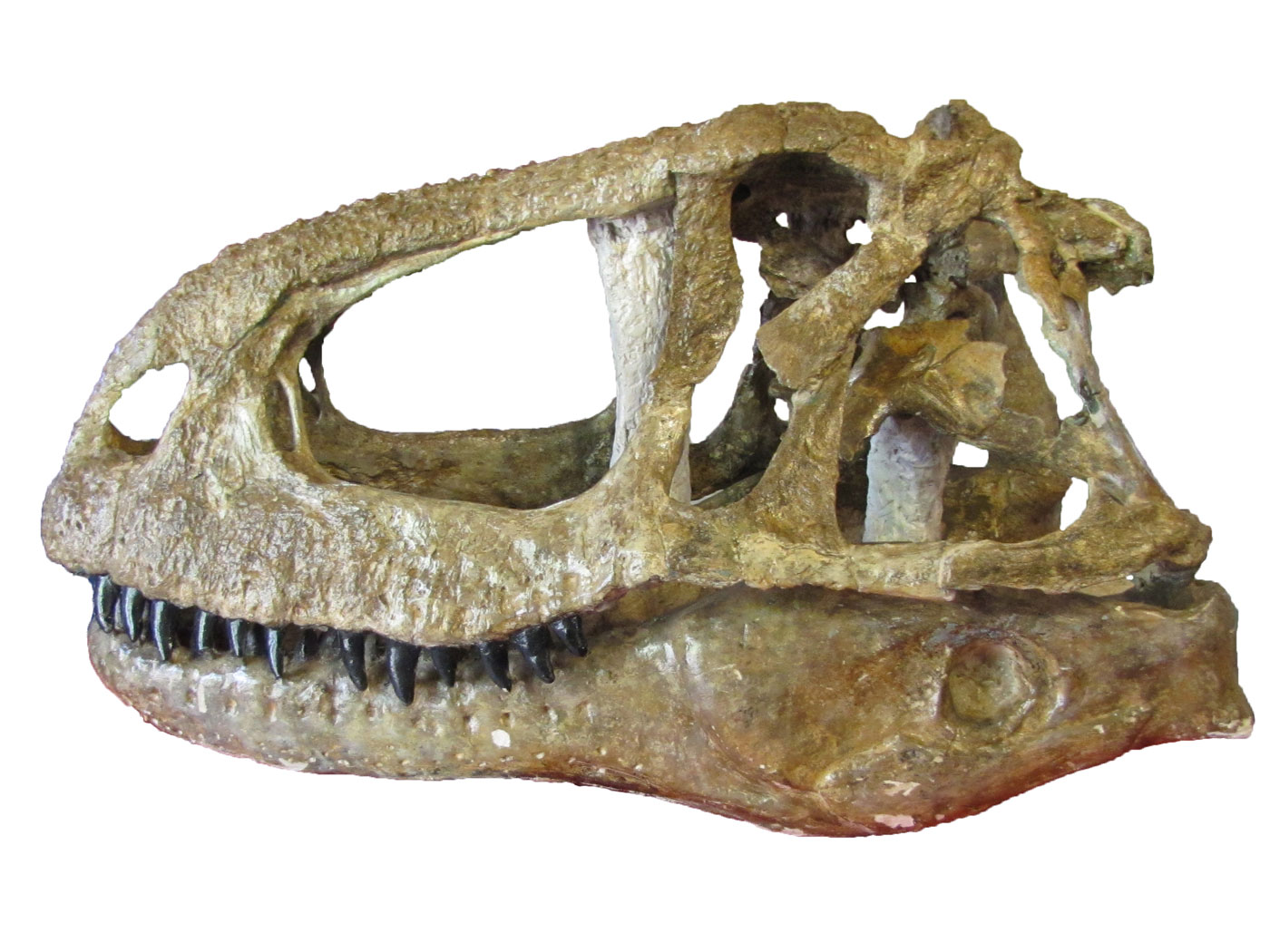Discover magazine recently asked, “Are We Still Evolving?” The same-titled article noted that “for decades theories about human evolution had proliferated despite the absence of much, if any, hard evidence.”1 It then presented research showing that human DNA is definitely changing—but not as Darwinism predicted.
Despite the widespread belief that “we emerged from chimpanzees 6 million years ago,” geneticists observed that differences between people are caused by DNA blocks that are reshuffled in each generation in patterns that remain closely linked.2 This points to a relatively recent development for human variation. Indeed, “most of the change [happened] from 40,000 years ago to the present.”1
For example, John Hawks at the University of Wisconsin-Madison told Discover, “No one on earth had blue eyes 10,000 years ago.” Also, most differences in genes that code for neurotransmitters (small chemicals vital for brain activity) appear to have recently arrived, “with the majority emerging in just the past 10,000 years.”1 Why were there so few genetic changes for millions of years, followed by so many in recent times?
Hawks found through a computer simulation that “if humans had evolved at modern rates ever since we diverged from chimpanzees 6 million years ago,...the difference between the two species today would be 160 times greater than it actually is.”1 Thus, either mutations and shuffling (labeled “evolution”) were dormant for millions of years only to radically accelerate in the recent evolutionary past, or these processes have been occurring at roughly today’s rates since the Fall about 6,000 years ago.3
Other evidence from human genetic studies confirming humanity’s youthfulness comes from the very fact that there is only 0.5 per cent difference between any two people’s DNA. The DNA difference should be vast after long ages of mutations at known rates.4
To call these DNA changes “evolution” could be misleading, depending on which definition is applied. Do the changes observed lead upward to greater complexity, conferring new information-with-a-purpose? Neither the base changes (mutations) nor the shuffling of blocks of DNA have shown the ability to generate any new and useful genetic information, or build new biochemical machinery or organs, let alone whole organisms. What science does know about them is that they serve to corrupt or rearrange pre-existing information.
The “evolutionary” changes that have been accelerating, according to these researchers, are really just variations within human kind, unfolding from the original, information-rich first people. It’s plausible that the Creator “front-loaded” Adam and Eve’s genomes with full complements of a wide variety of both essential and non-essential genes, as well as genetic and epigenetic factors to facilitate rearrangement of those genes.5, 6 Thus, as humans have spread out and thrived in various environments across the globe since their dispersal at Babel, their traits have also spread out. As the Discover article noted, “There’s a lot more people on the planet than in recent times....We are getting less alike.”1
Chance-based DNA mutations and variation-by-design DNA shuffling have unfolded due to historical events that are recorded in Scripture. The first humans disobeyed God’s command to refrain from eating the fruit of a certain tree, and this brought decay and death. Their descendants filled the earth with violence, resulting in judgment and a new, less habitable post-Flood landscape. Humans then disobeyed God’s command to fill the earth, leading to the introduction of language families that drove people groups apart, making them “less alike” and diluting their once robust genome.
Shuffling and mutating DNA add no hard evidence to support any “theories of human evolution.” Rather, the largely “un-shuffled” DNA of modern humans clearly points to a humanity that has been around for thousands, rather than millions, of years.
References
- McAuliffe, K. March 2009. Are We Still Evolving? Discover. 50-58.
- Called “linkage disequilibrium,” this is the observation that human genes from around the world are still situated next to one another, even though they are cut and pasted (shuffled) each generation. This is strong evidence for a youthful mankind.
- Thomas, B.Why Are Human Genes Still Linked? ICR News. Posted on icr.org August 6, 2008, accessed February 17, 2009.
- Geneticists have no empirical data to anchor biological dates, so they must trust the paleontologists. Often, paleontologists derive their dates from examining the particular rock layers wherein human and ape remains have been discovered. Thus, their dates are often supplied by geologists. Perhaps geologists obtained them from radioisotope dating of some form. Thus, they trust the geochronologists, who in turn rely on dates from geologic column charts. Without this standardized reference, the geochronologist would have little basis for choosing which of the wide range of obtainable dates to accept, and which to reject. This circus of trust functions, not because there is empirical evidence for deep time, but because those in various disciplines universally conform their results to the standard dates, all of them being convinced a priori that deep time is true.
- Borger, P. 2008. Evidence for the design of life: part 2—Baranomes. Journal of Creation. 22 (3): 68-76.
- Gerhart, J. and M. Kirschner. 2007. The theory of facilitated variation. Proceedings of the National Academy of Sciences. 104 (Suppl 1): 8582-8589.
* Mr. Thomas is Science Writer.
Article posted on February 23, 2009.






















